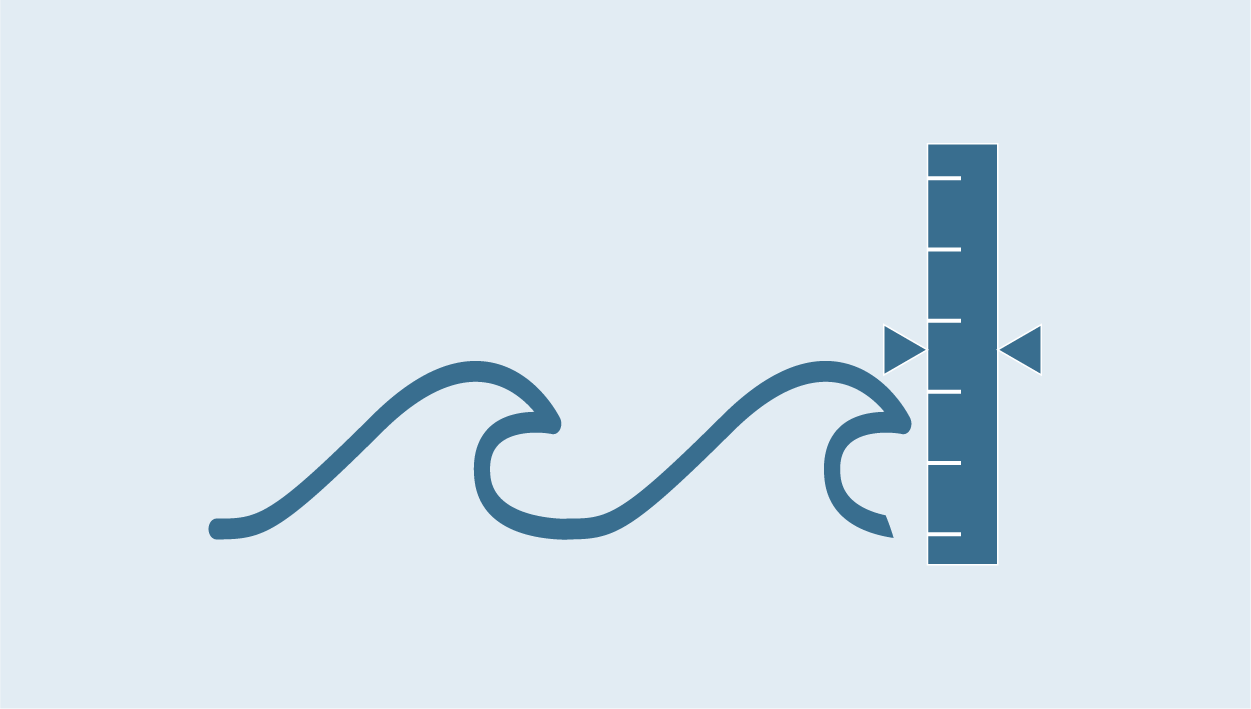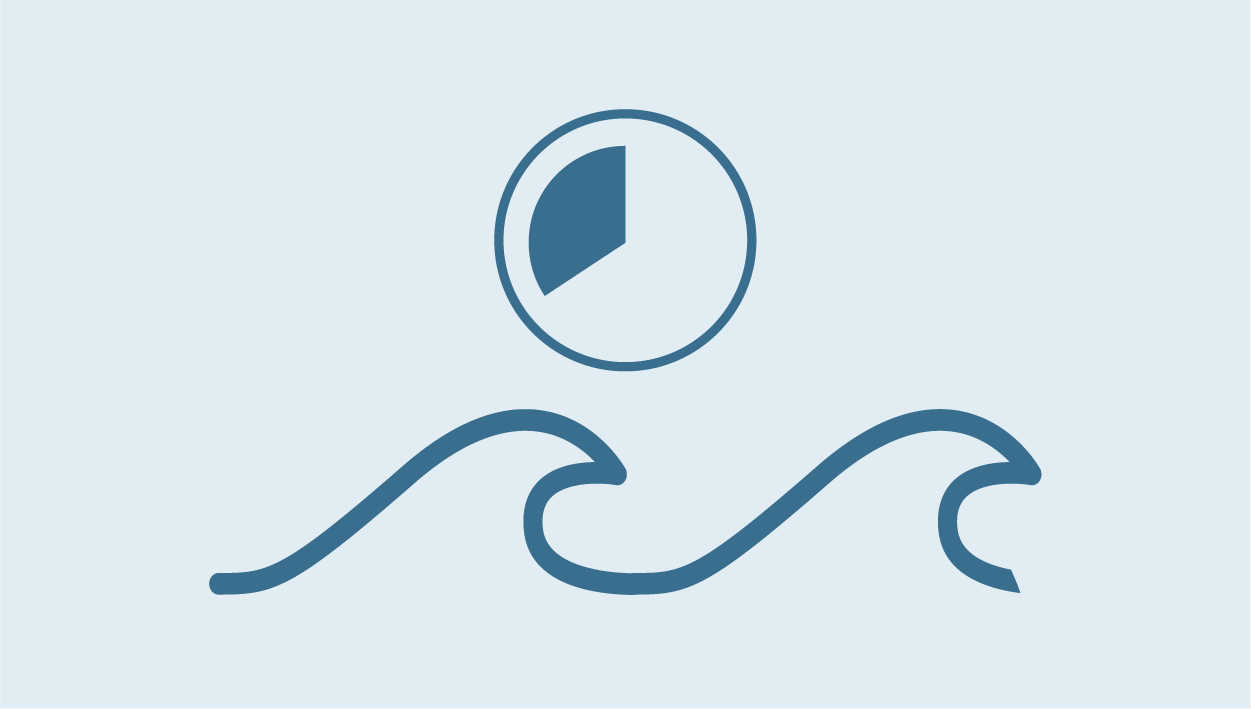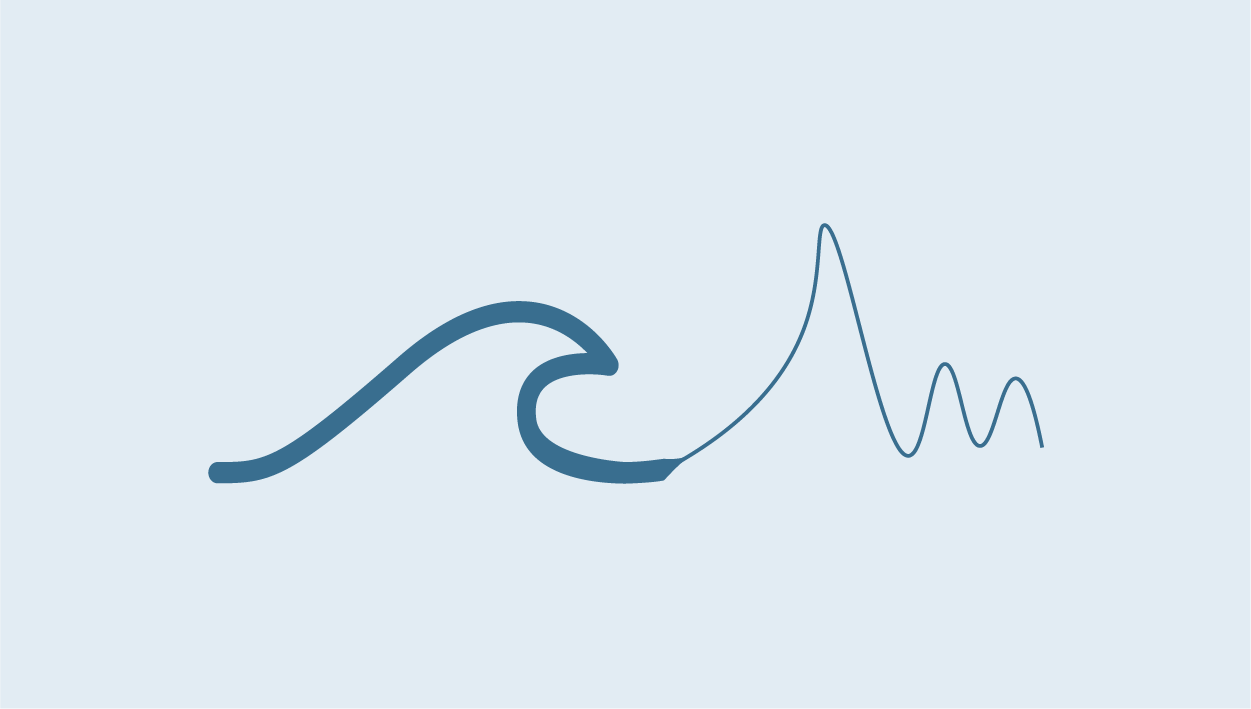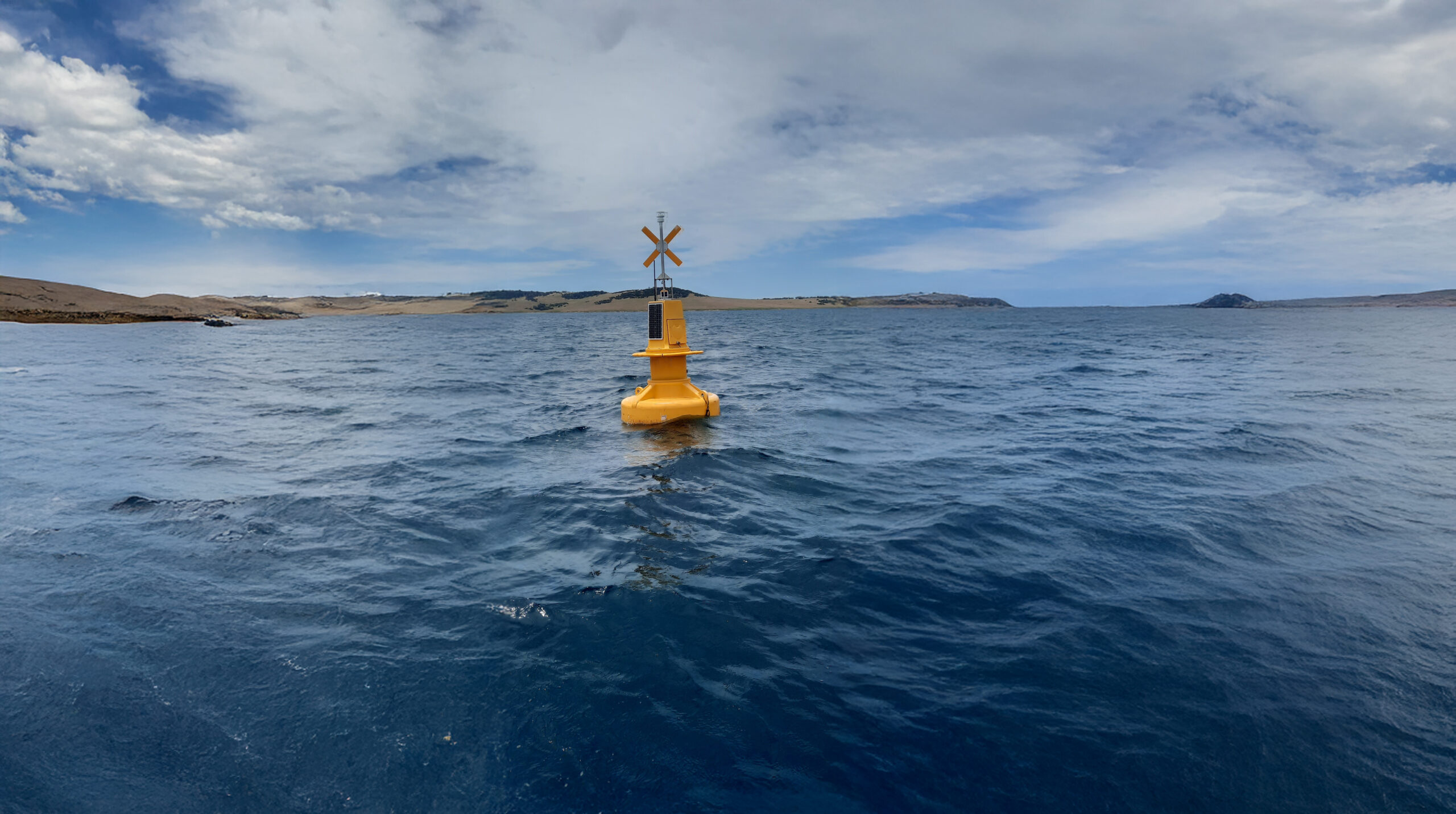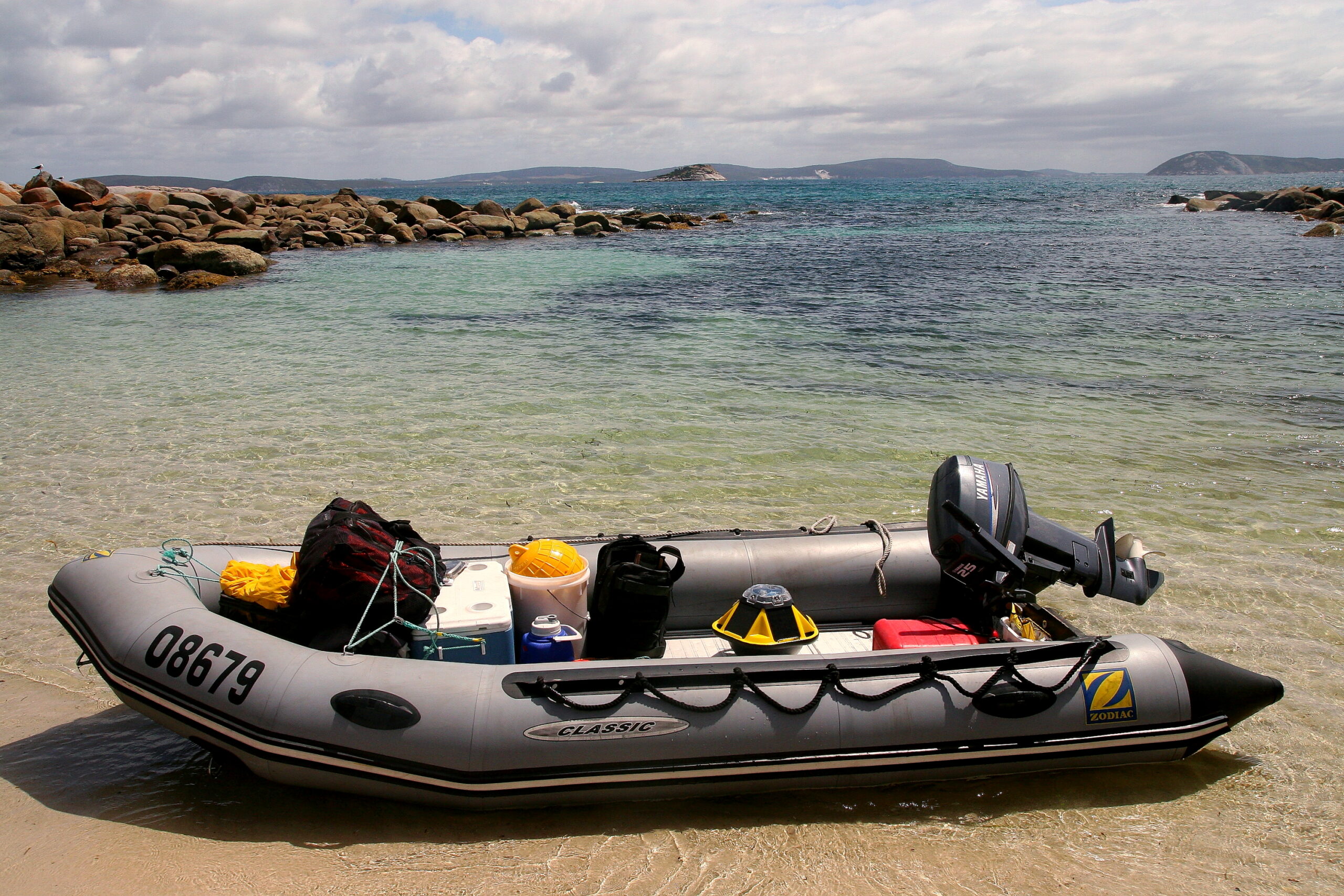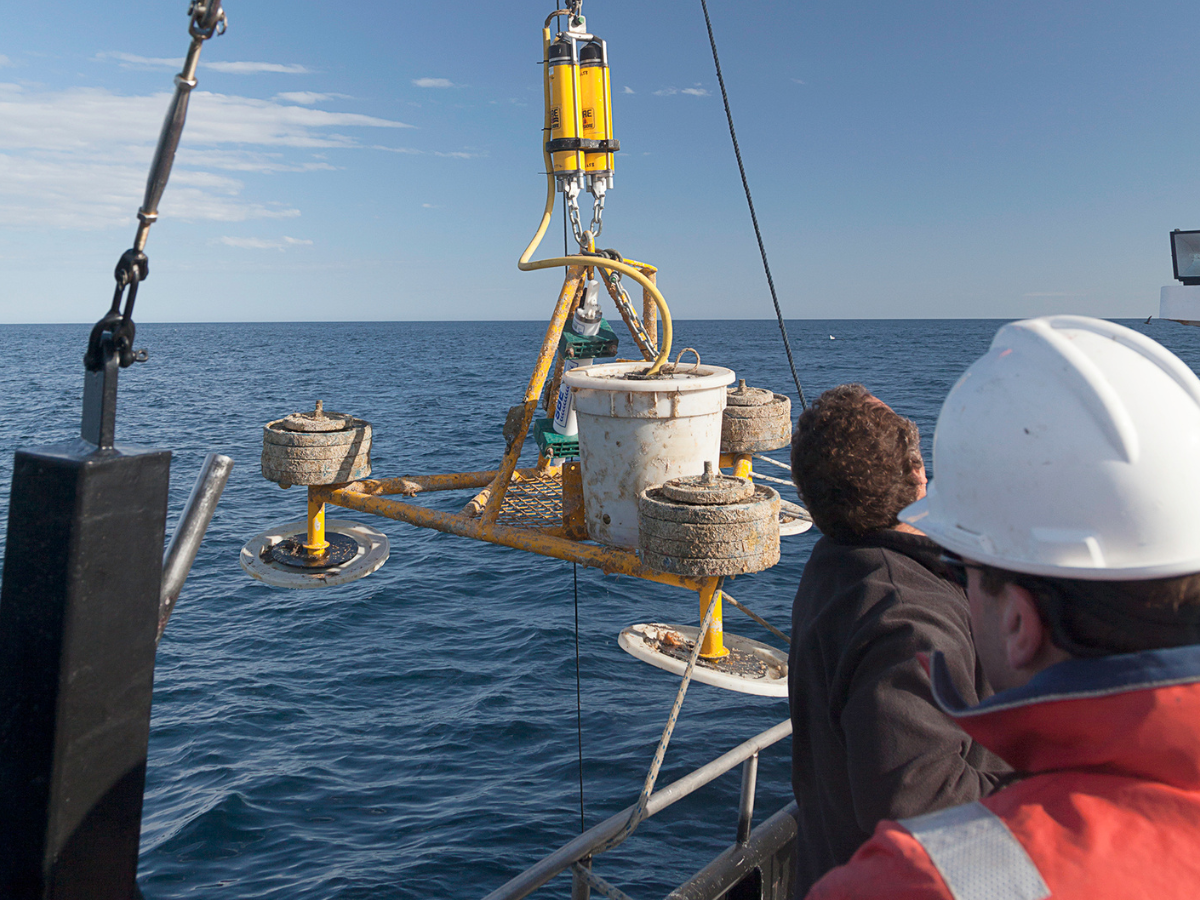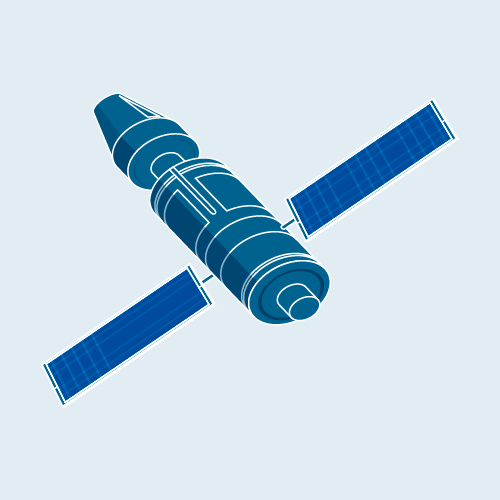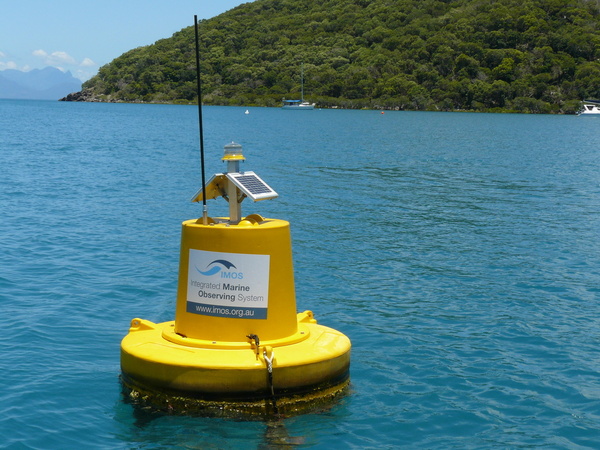Surface Waves
Surface Waves
Surface Waves provides oceanic wave data and wave products using satellite remote sensing. The key aims of Surface Waves is to calibrate and distribute surface ocean wave data from both current and next-generation satellite missions, supporting ongoing and emerging research and industry and service operations in Australia. The efficiency of and high-quality data produced by Surface Waves is gained from being interconnected with other IMOS facilities including, Wave Buoys, Southern Ocean Time Series Observatory, Satellite Altimetry Calibration and Validations and OceanCurrent.
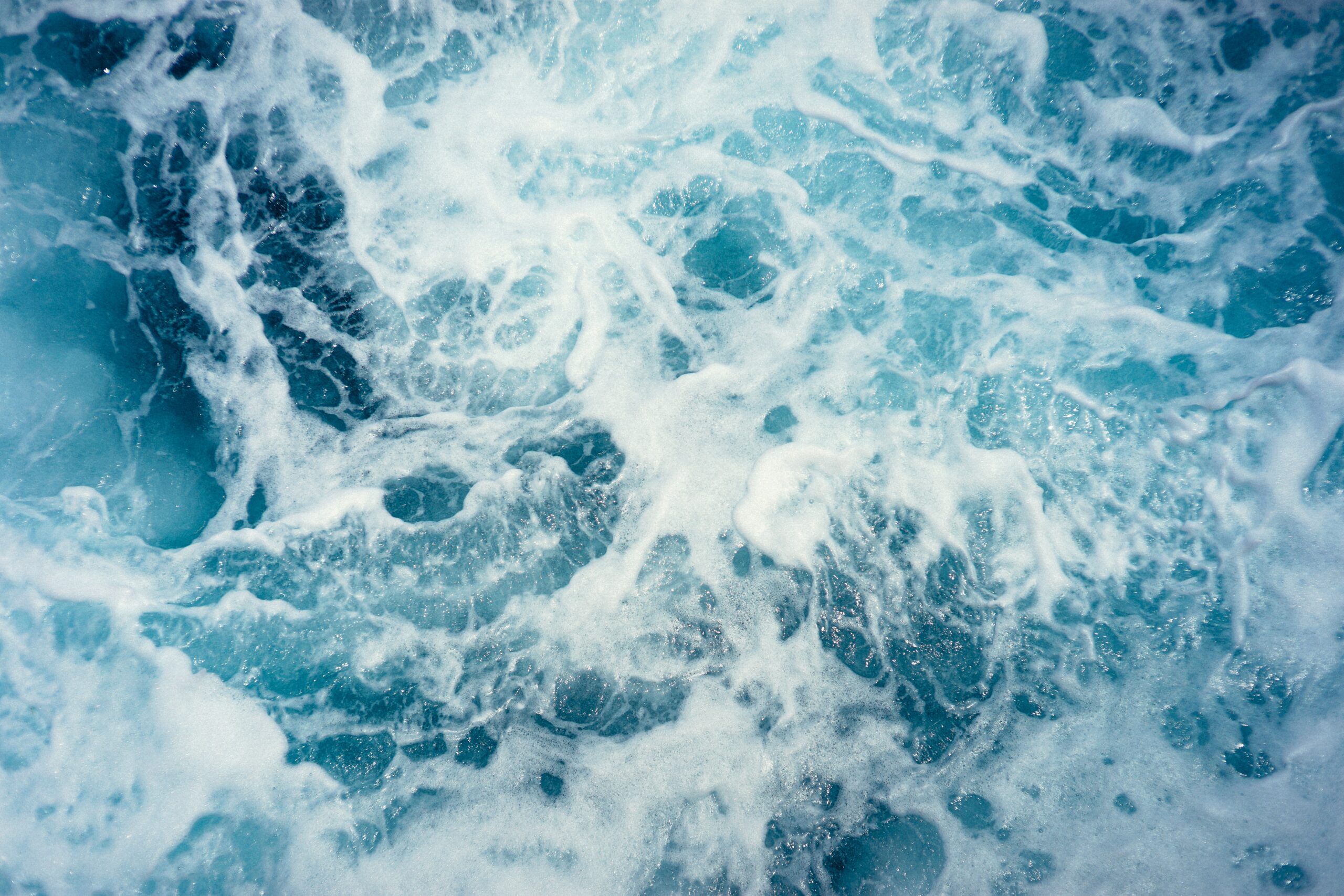
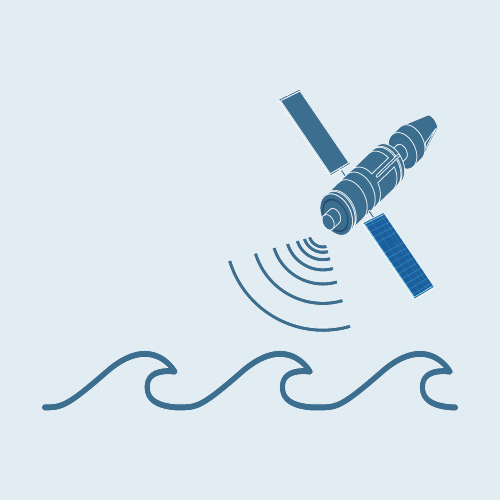
Key data streams
Select a key data stream to view all IMOS Facilities that collect that data.
Useful information
Acknowledging IMOS
Users of IMOS data are required to clearly acknowledge the source material by including the following statement:
Australia’s Integrated Marine Observing System (IMOS) is enabled by the National Collaborative Research Infrastructure Strategy (NCRIS). It is operated by a consortium of institutions as an unincorporated joint venture, with the University of Tasmania as Lead Agent.
